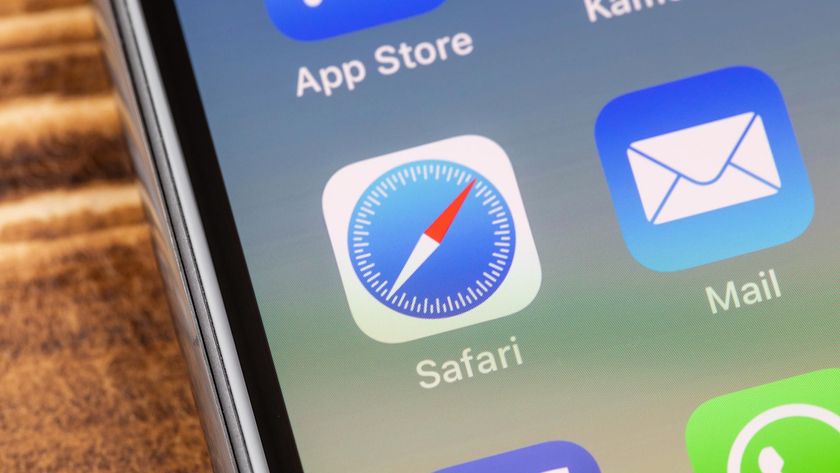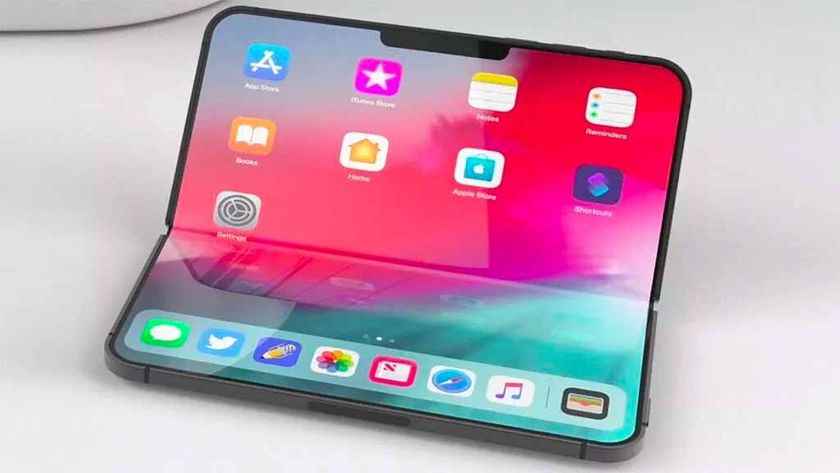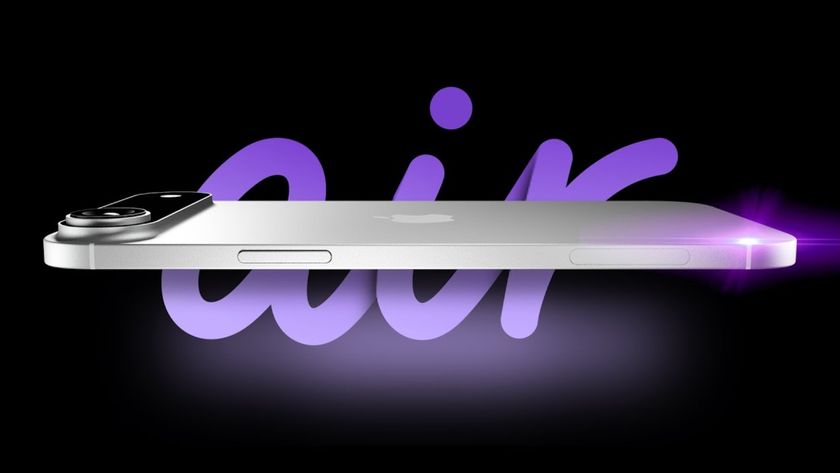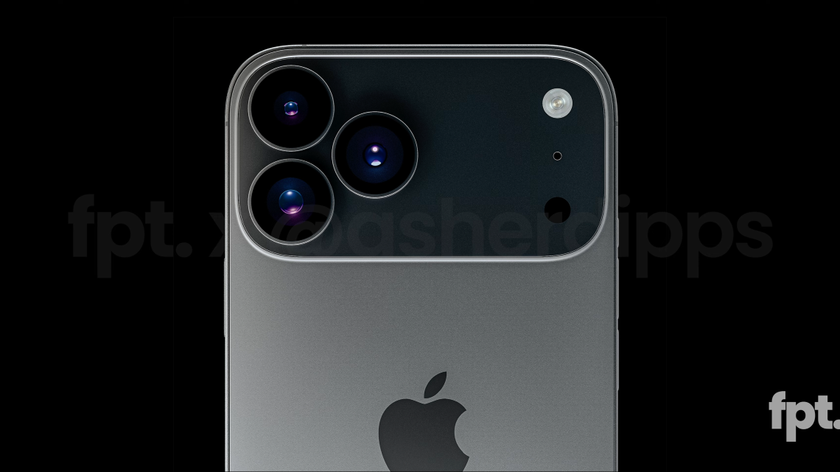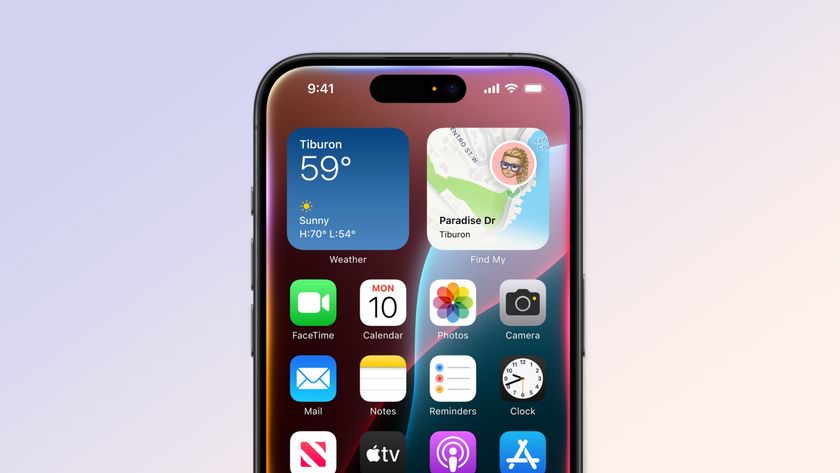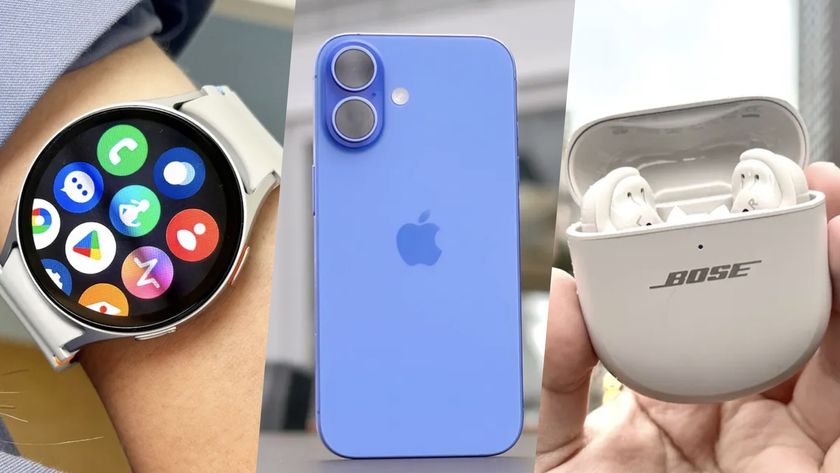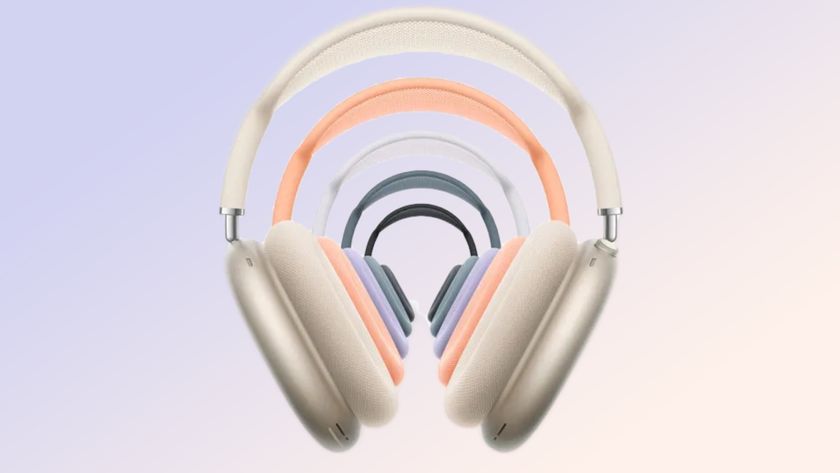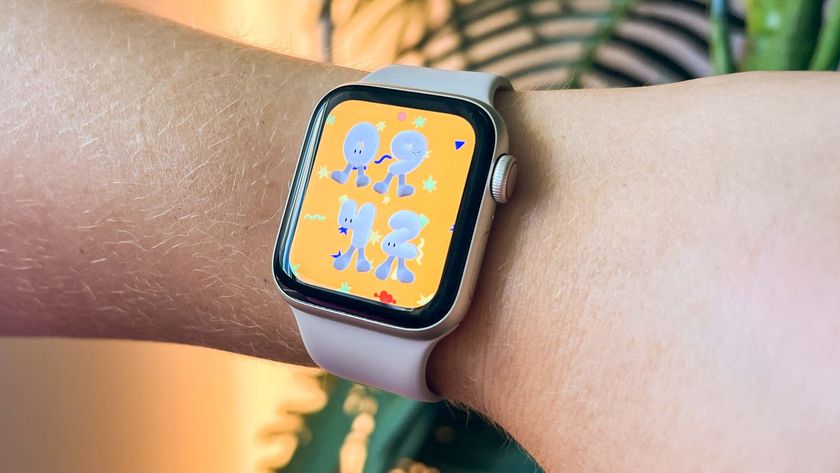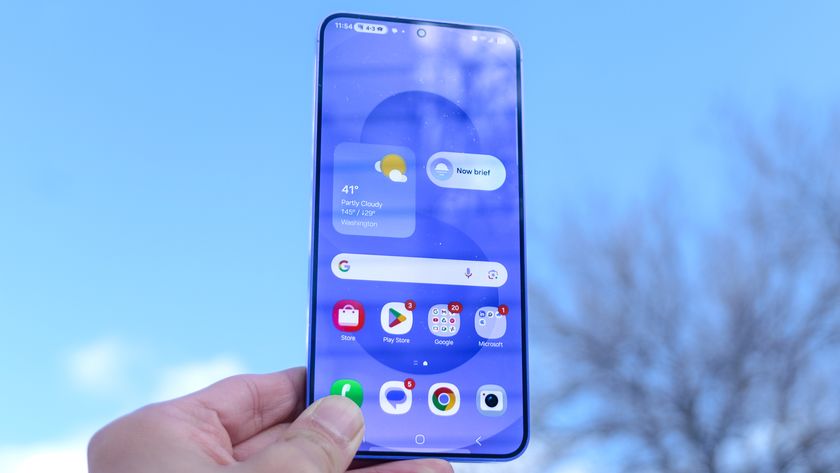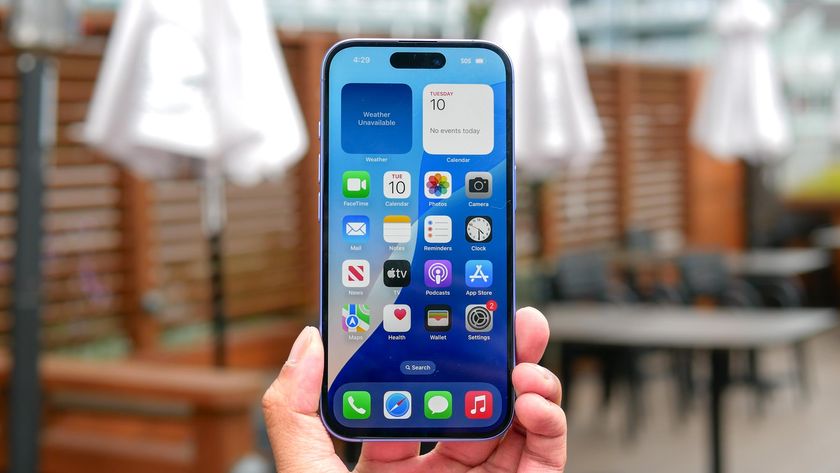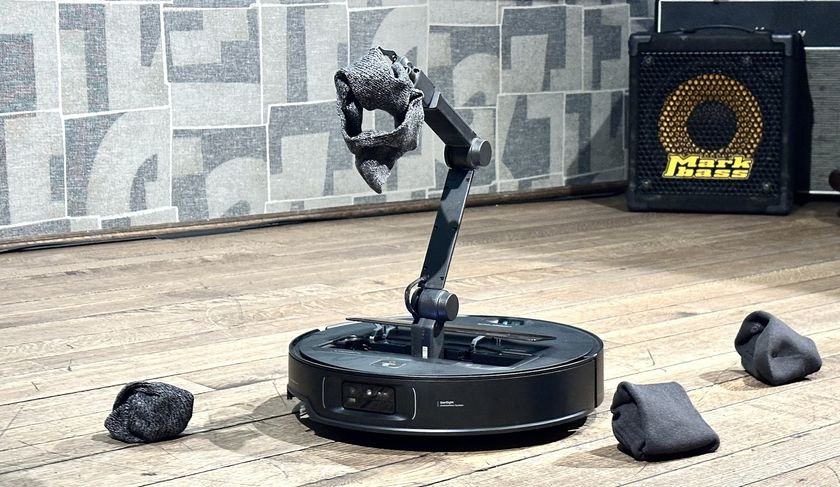Is the iPhone 11 Pro Worth $300 More? It Is for Me
Here's your cheat sheet
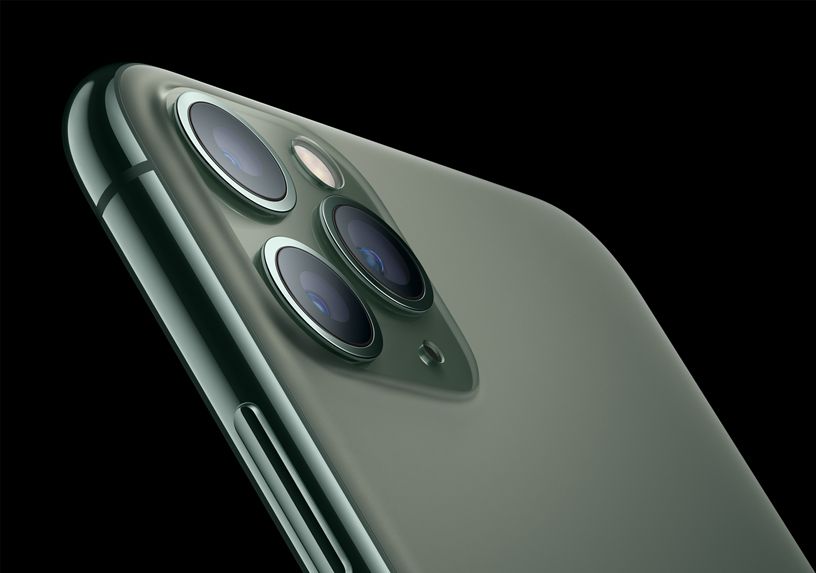
The iPhone XR wound up being the best selling iPhone over the last year for good reason. It was $250 cheaper than the iPhone XS while delivering a lot of the same features.
Now we’re onto the iPhone 11, and it’s even cheaper than its predecessor with a starting price of $699. So the delta between Apple’s mainstream flagship and its higher-end model — the iPhone 11 Pro — has grown to $300.
Prefer a bigger screen? The 6.5-inch iPhone 11 Pro Max (that just rolls off the tongue, doesn’t it?) costs $1,099, so it’s $400 more than the standard iPhone 11.
All of this raises the question. What are you paying this premium for? Let’s break it down.
OLED displays
The iPhone 11 Pro and iPhone 11 Pro Max have Super Retina XDR OLED displays, compared to the LCD screen on the iPhone 11. If you love to watch movies, you’ll really appreciate the OLED panel on the iPhone 11 Pros, as they deliver richer colors, perfect blacks and wider viewing angles than LCD. Plus, Apple has increased the brightness this time around for the iPhone 11 Pros when you’re watching HDR content or using the phones outdoors.
Is OLED worth it? To me, yes.
Telephoto zoom
Both the iPhone 11 and the new iPhone 11 Pros offer wide-angle and ultra-wide angle cameras, but on the iPhone 11 Pro has a 2x telephoto zoom lens. This gives you a total optical zoom range of 4x, compared to 2x for the iPhone 11 when count its ultra-wide lens. Some people can live with digital zoom and the fuzziness that results, by I woudl rather not.
Sign up to get the BEST of Tom's Guide direct to your inbox.
Get instant access to breaking news, the hottest reviews, great deals and helpful tips.
There’s another benefit to having a telephoto lens. You’ll get portraits that look less zoomed out with the iPhone Pro models than you will on the iPhone 11, which needs to rely on its ultra-wide lens to achieve bokeh effects in images to blur out the background. Chances are you’ll need to move closer to your subject to get a good shot than you will with the iPhone 11 Pros.
Is optical zoom worth it? Yeah, it is, especially for portrait shots.
Better water resistance
The iPhone 11 can withstand being in water at a depth of up to 2 meters for 30 minutes, while the iPhone 11 Pro doubles that to 4 meters. Previously, the iPhone XR could do only 1 meter.
Is better water-resistance worth it? Not for most people.
More robust LTE
I’m going to geek out on you for a moment. Yes, the iPhone 11 and the iPhone 11 Pro offer what’s called Gigabit class LTE for swift speeds, but there’s a key difference between the iPhone 11 and iPhone 11 Pros. The regular iPhone 11 uses 2x2 MIMO antenna technology while the iPhone 11 Pros boost that to 4x4 MIIMO. Translation: you should enjoy faster LTE performance with the iPhone 11 Pros.
Is faster LTE worth it? Only for power users
Longer battery life
According to Apple, the iPhone 11 is rated to last an hour longer on a charge than its predecessor, while the iPhone 11 Pro and 11 Pro Max should last a whopping 4 and 5 hours longer respectively. But it’s important to remember that the iPhone XR outlasted the iPhone XS and XS Max on our battery testing last year, so it seems like the Pros are just catching up.
If you look at the listed specs, the iPhone 11 can stream video for up to 10 hours at a clip. The iPhone 11 Pro is rated for 11 hours of streaming video playback and the iPhone 11 Pro Max 12 hours. We’ll need to test these new iPhones to see which model really does last longer on a charge.
Is the improved battery worth it? Testing will tell the tale, but on paper, it doesn’t look like a dramatic difference.
Fast charger in box
Here’s one that grinds my gears. Only the iPhone 11 Pro models include an 18-watt fast charger in the box. That charger allows you to get up to 50 percent battery capacity in a fairly brisk 30 minutes. The iPhone 11 comes with the same old standard charger, so you’ll have to pay extra to get fast charging by purchasing an optional 18-watt charger ($25) and a USB-C to Lightning cable ($19).
Is fast charging worth it? No, but it sure is annoying that the regular iPhone 11 doesn’t have it.
Bottom line
The iPhone 11 shares many of the key selling points of the iPhone 11 Pros. An ultra-wide camera, a new Night Mode, better-quality video and more durable glass on the front and back. Plus, both the regular iPhone 11 and iPhone 11 Pros have the same blazing A13 Bionic chip inside, though the Pro models reportedly pack more RAM.
For me, the iPhone 11 Pros are worth the splurge for their superior OLED screens and telephoto lenses, but these features will likely be lost on everyday shoppers.
Apple could have made a much more convincing argument by giving the iPhone 11 Pro more storage on the base model, like at least 128GB. Instead, all three new phones start with 64GB at a time Samsung is including 256GB on the Galaxy Note 10. But as it stands now, I can easily see why the regular iPhone 11 will be good enough for most.
Mark Spoonauer is the global editor in chief of Tom's Guide and has covered technology for over 20 years. In addition to overseeing the direction of Tom's Guide, Mark specializes in covering all things mobile, having reviewed dozens of smartphones and other gadgets. He has spoken at key industry events and appears regularly on TV to discuss the latest trends, including Cheddar, Fox Business and other outlets. Mark was previously editor in chief of Laptop Mag, and his work has appeared in Wired, Popular Science and Inc. Follow him on Twitter at @mspoonauer.
